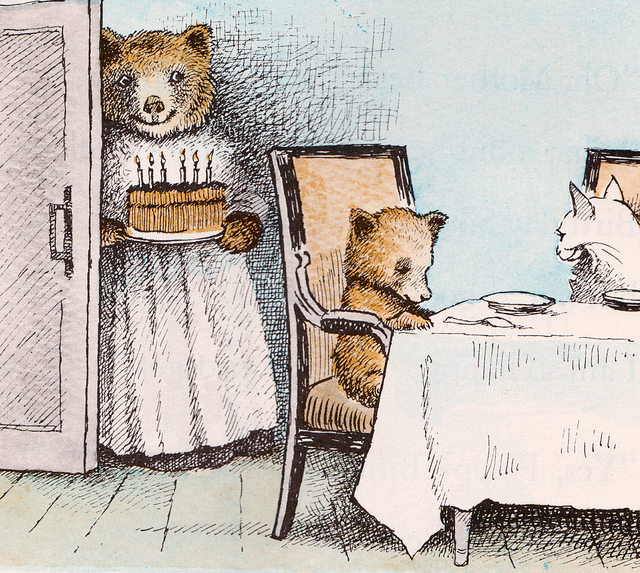I just finished listening to The Iliad on audio. Read by Dominic Keating of Star Trek: Enterprise fame, one got the sense one was listening to Homer riffing in front of a crowd in some Athenian public space. Keating had to read a fairly new English translation, but The Iliad and its companion piece, The Odyssey, are really epic poems. Keating's dramatic read hewed closer to Patrick Stewart or Ian McKellan doing Shakespeare. Homer, especially after listening to some of the translator's background in the intro, probably sounded like Jack Kerouac to those ancient Greeks.
Except I've read Kerouac's On the Road. Incidentally, that, too, is meant to be performed, not read. But I digress. Kerouac's prose is the beat poetry of the fifties laid over the prose of the day, which, like today, has Hemingway in its bones. He's into a scene, and he's out, and the flourishes come from spending short snatches of time in Sal Paradise's bizarre mind.
Homer, on the other hand, does things in The Iliad no editor, even the most forgiving of editors, would let out of the slush pile, let alone into print. The goddess Athena is referred to not merely as the goddess of wisdom or daughter of Zeus, nor does Homer limit himself to the epithets like Pallas Athena. No, she is "Athena, she of the bright, shining eyes." Achilles, who spends most of the story sulking in those final days besieging Troy, is "Achilles of the fleet foot." These are not one offs. Homer uses this or a similar phrase every. Single. Time.
Mind you, it's an epic poem, and Keating's reading, even after taking out the supplemental material, is almost twenty hours. (Also, Homer likely never ended with "Audible hopes you've enjoyed this program.") And we don't see a lot of epic poems these days. Even its spiritual descendant, rock's concept album, is a bit of a dinosaur. Its last adherent seems to be Roger Waters, and lately, most people wish Rog would just shut the hell up.
These days, if you're going to ramble, as Homer does without anyone really noticing, you have to be Stephen King about it. Going off on a tangent? Tell a story within the story, then circle back to the point. Most editors won't allow that these days. (And I really think current editing dogma is too rigid. Says the editor.) Otherwise, get to the point (says the guy who likes writing lean prose.) So when a character walks into a scene, the most extreme example of modern description is to find a trait, use that trait as a placeholder, and only change it when their name is revealed. Robert B. Parker did this throughout his career, but it began all the way back in The Godwulf Manuscript. The one I remember best is where Spenser's attempts to rescue Susan Silverman overlap a government black op. Spenser says the agent looks like Buddy Holly, and for a page or two, refers to him as Buddy Holly. I don't remember the guy's name or if he even had one, but I remember him, his job, and most of what he did.
Even Dickens, one of the most verbose writers in modern English, stuck with names or something descriptive, like the Artful Dodger. His name was actually Jack Dawkins, but how many Jacks are their in novels set in 19-century England or America? Hell, Jean-Luc Picard's son is named Jack, named for his half-brother's father. Sometimes, the title or job sticks better. But for all Dickens's wordiness, Artful Dodger is a short, powerful shorthand for a character in Oliver Twist. Contrast that with Dickens's American counterparts, Hawthorne and Melville. One of the reasons I found The Scarlet Letter so unreadable, at least at the age of 15, when I'd discovered King and Tom Clancy, was the constant refrain of "It seemed as though Hester Prynne..." (And in 2023, my inner editor is going, "HEY! STOP BEATING THAT DEAD HORSE!") On the other hand, Melville scores points for being more episodic in Moby Dick and hanging genius labels on Ishmael's shipmates, such as Starbuck or the cannibal (who ironically doesn't eat anyone in the story.)
Much of this is the function of the culture. Even if we write stories about Greek or Roman or Norse gods, they come off as aliens or superheroes (or supervillains) or both. Marvel built a big chunk of its mythos around Thor and Loki. As far back as Twain's era, we didn't want Athena of the Bright Shining Eyes or Zeus Who Holds the Aegis. Nowadays, we want Wonder Woman's sister or Liam Neeson shouting, "Release the kraken!"* In Homer's day and even into Shakespeare's time, we wanted heroes. Mythical heroes. Of course, until the Enlightenment, we weren't quite as sciencey as we are now. Hence, even Harry Potter has to follow some sort of rules and most conspiracy theories are based on bad science skimmed while scrolling the phone in the bathroom. When we pay closer attention, ignoring Newton and Einstein without an explanation is what writers call "a plot hole."
*Fun fact: He meant the rum, of which I have a bottle, actually. Too bad I don't drink much anymore.


















.png)




